Scandinavian Defense: Complete Guide
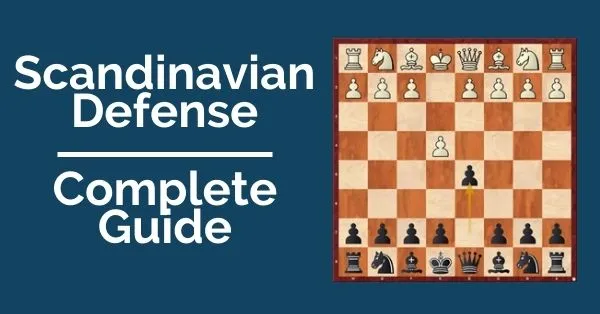
Scandinavian Defense appears on the board after the moves 1.e4 – d5 and is one of the oldest recorded openings in chess.
Its idea is very straightforward – right from the start, black is attacking white’s center, trying to undermine it.
Unlike other openings, here white doesn’t have a way around the Scandinavian and the possibilities of meeting it are also quite limited. Black is forcing white to play the positions they want instead of having to worry about other various replies.
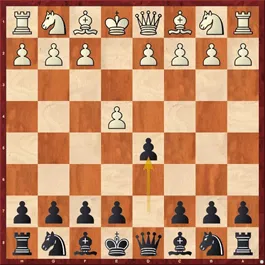
Scandinavian Defense – Part 1
The Scandinavian is in general highly popular among beginners, and for good reasons. The theory black needs to learn is limited, which means that they can focus on improving other parts of the game. Secondly, it is a tricky opening. It can get very tactical and white needs to watch out for the possible tricks. On top of this, black can also get good attacking chances in some set-ups.
Let’s see what white’s options are in this opening. The most common second move, which you will probably face in most, if not all your games, is to capture the pawn on d5: 2.exd5. The mainline here for black is 2…Qxd5, so I will start with this move. After 3.Nc3 black has three options and all are equally good: 3…Qa5, 3…Qd6, or 3…Qd8:
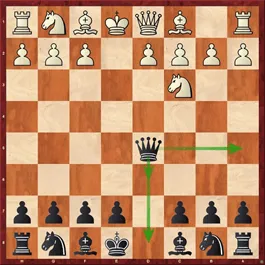
The most played move for black in this position is 3…Qa5 and this is also the line where theory is most developed. In general, the game continues with 4.d4 Nf6 5.Nf3 c6 6.Bc4 Bf5 7.Bd2 – creating ideas of discovered attack against the Queen on a5. Although here white doesn’t have a good knight jump, so there is no great danger for black, this is an idea to keep in mind. In many positions, the Queen is misplaced on a5 and the discovered attack can be a huge threat. For this reason, a move like …Qc7, getting out of the tactics, is often seen. However, here black can play 7…e6 and answer 8.Nd5 with 8…Qd8. Now 9.Nxf6 and black can recapture either way.
Part 2
If 9…gxf6, then the plan is generally to castle long and try to attack the kingside using the semi-open g file and the idea of a timely f5-f4:
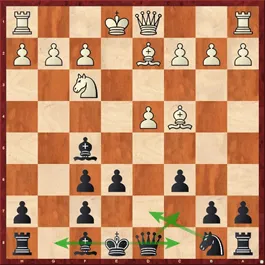
A less common way of playing the Scandinavian is with 3…Qd8. It is an interesting and solid option, which also avoids any type of complications. It’s also a good choice to have when you want to change things and avoid deep preparations from your opponents. Although the Scandinavian isn’t often seen at the top level, a famous game in this line is the one between Fabiano Caruana and Magnus Carlsen, played in the Tromso Olympiad in 2014. It was the first time that the World Champion used this opening in a classical game, but it was a good way of surprising his opponent and avoiding heavy preparation. The game is very instructive and shows some typical ideas of how to play with black in these positions.
The key position appeared after 4.d4 Nf6 5.Nf3 Bg4 6.h3 Bxf3 7.qxf3 c6 8.Ne2 (clearing the way for the c pawn and preparing c4):
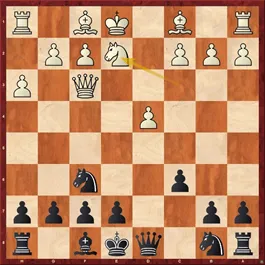
Here Carlsen played the move 8…e6, which was a novelty at that time. Previously black had played 8…Nbd7, but the game move leaves the Queen’s path open, allowing black to answer both 9.g3 and 9.g4 (which was played in the game) with 9…Qd5.
Later on, Caruana also started to employ the Scandinavian from time to time. One idea that he has played a few times is in the 3…Qd6 line: 4.d4 Nf6 5.Nf3 g6:
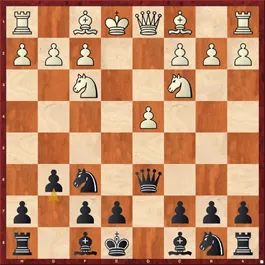
Here the critical move for white is 6.Nb5, but after the normal 6.Bc4, Black gets a good position: 6…Bg7 7.0-0 0-0 8.h3 a6, with the idea of developing the light-squared bishop via b7 after 9…b5. The main plan is to attack white’s center by means of c7-c5.
Scandinavian Defense – Part 3
Going back to black’s second move, after 1.e4 d5 2.exd5, another very interesting option, which can easily unbalance the game is 2…Nf6:
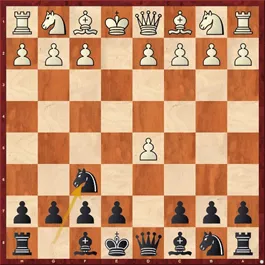
The idea is that now if white tries to hang on to the extra pawn and play 3.c4, black will get a very good development advantage. In fact, black scores very well in the line where white keeps the extra pawn. Next will come 3…c6 and after 4.dxc66 Nxc6 black has already developed two pieces, opened the Queen, and has gotten very good control over the center. In exchange, white has only advanced the c4 pawn, which creates a big hole on d4. This is the square that black will try to exploit for the rest of the game.
A very nice example of how black plays these positions is the game between Murray Chandler and Michael Adams, Hastings 1989. White continued with 5.Nf3, threatening to advance d4 next. Of course, black didn’t allow it and went 5…e5. Now 6…e4 looks scary, so white decided to play 6.d3, but after 6…e4 (still!) black’s pieces become very active – 7.dxe4 Qxd1 8.Kxd1 Nxe4 9.Be3 Bf5, followed by 0-0-0+:
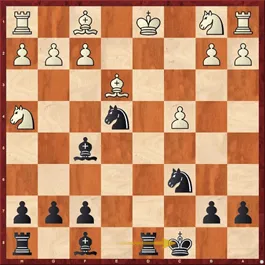
We can already see that black has gotten more than enough compensation for the pawn sacrificed in the opening. Here’s the full game, if you want to see how Adams eventually converted his advantage:
In general, white doesn’t keep the d pawn and allows black to recapture it with …Nxd5 next. 3.d4 is the main move 3…Nxd5 4.c4 and here black can choose between 4…Nb6, 4…Nf6 or 4…Nb4. All of them are interesting and can offer good play for black.
Part 4
As I mentioned in the beginning, the Scandinavian can be pretty tricky if you don’t know what you’re doing. This is in fact true for both sides, so make sure that you check the possible traps in this opening. In this line, a common trap that white has fallen for is seen in the 4…Nb4 line. Here white’s best move is 5.a3, but it looks like 5.Qa4+ could win a piece. Well, it doesn’t. Black plays 5…N8c6, not caring about the move 6.d5, which is, in fact, a big mistake:
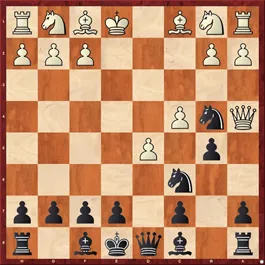
Black will reply with 6…b5! Using the fact that the Queen can’t take the pawn due to 7…Nc2+ double attack 8.Kd1 (still hoping for 8…Nxa1 and 9.Qxc6, getting two knights for the Rook), but now 8…Bd7! White can’t capture 9.dxc6 in view of 9…Bg4!++ 10.Kc2 Qd1+, winning a lot of material. 9.Kxc2 is also not advisable in view of 9…Nd4+, winning the Queen.
Scandinavian Defense – Conclusion
Going back to white’s 7th move, 7.cxb5 is answered with 7…Nd4!, again using the double attack ideas on c2. If 8.Na3, defending c2, then after 8…e5 black keeps a big advantage due to the better development and constant threats.
As you can see, there are many interesting ideas to play with and you can choose from different set-ups with black. It is also important to mention that one of the structures you will get most of the time and should study is the one with black pawns on e6 and c6 versus white pawns on d4 and c4:
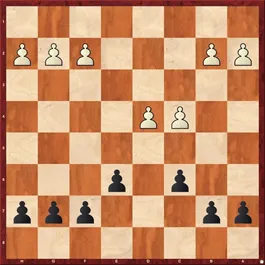
In general, as with any opening, seeing a lot of model games and understanding the plans black has in different positions is very helpful in learning the Scandinavian. The theory is also much easier to learn if you understand the moves you have to make and the positions you are trying to achieve.
https://thechessworld.com/store/product/scandinavian-defense-for-black-with-im-marcin-sieciechowicz/




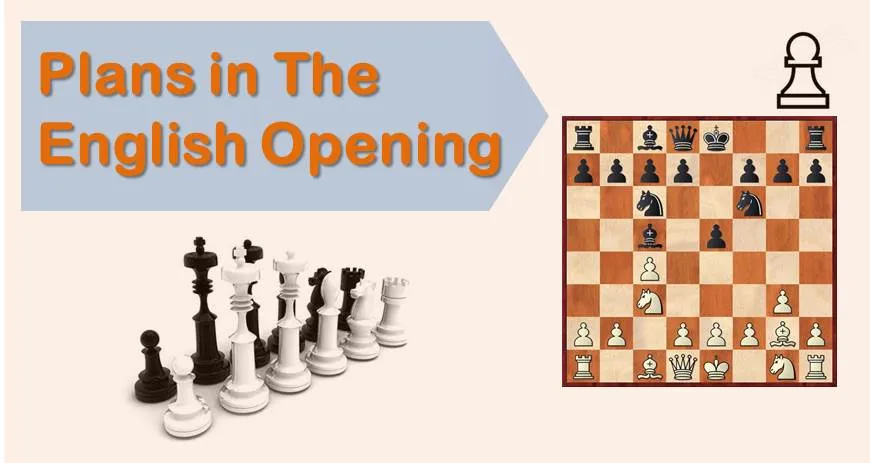
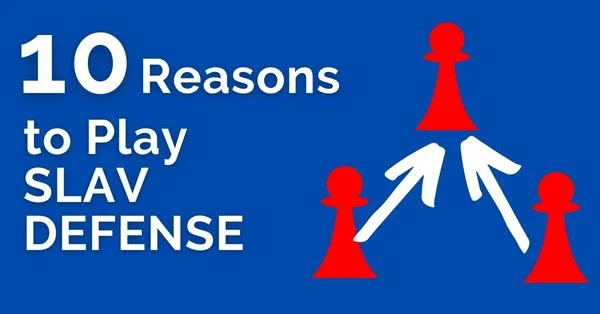




Comments: